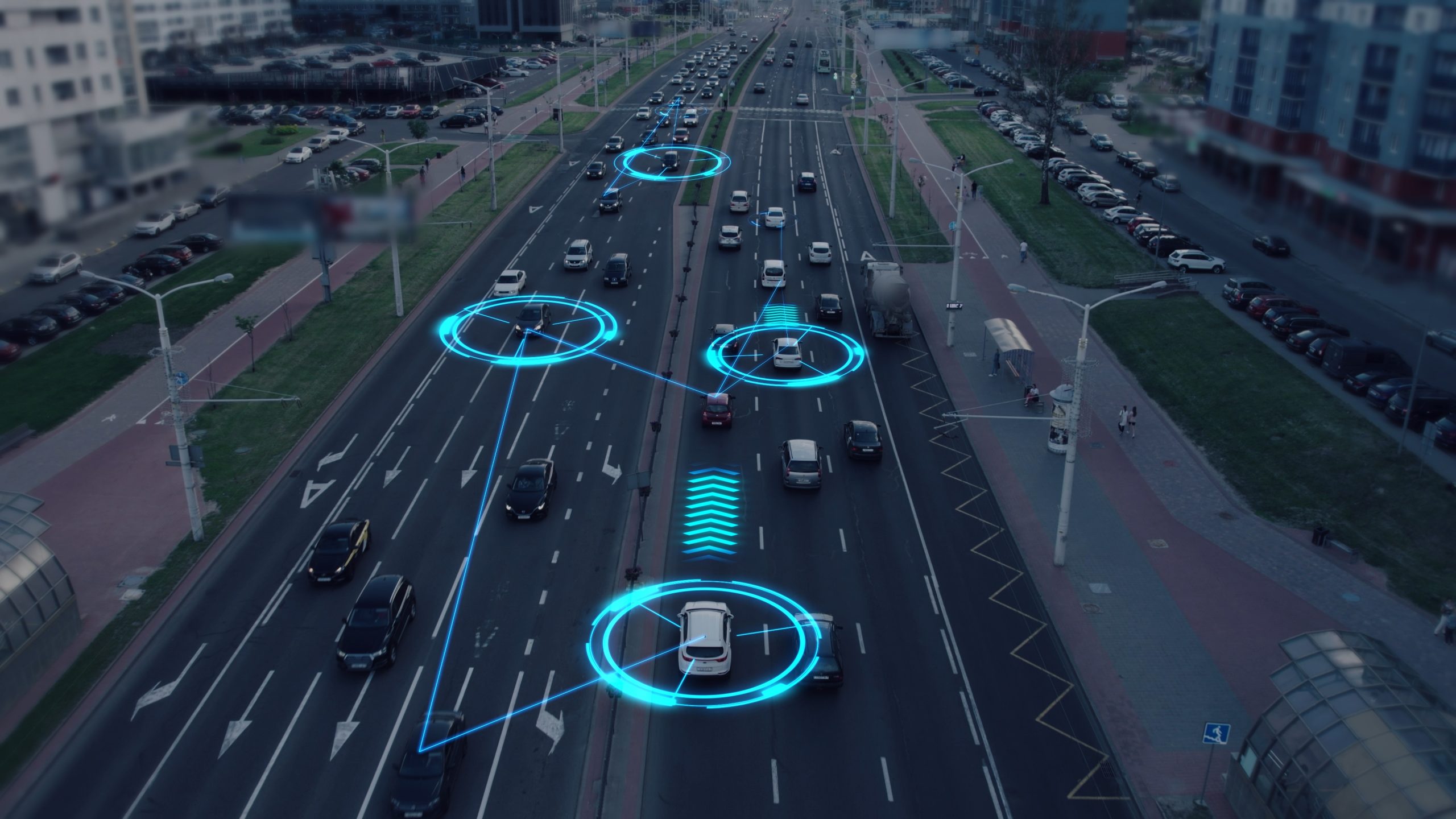Driving into the future

Innovation is steering advancements in the automotive sector
In conversation with Thomas Schulz, General manager Mercedes-Benz passenger cars, Gargash Enterprises
What technological advancements have transformed the automotive space?
The automotive industry is undergoing a significant transformation, largely driven by the rapid expansion of electric vehicles (EVs). We are witnessing continuous progress, particularly in battery technology, which promises longer ranges and faster charging capabilities. Another area of innovation is autonomous driving, which along with enhanced vehicle connectivity and artificial intelligence (AI) integration, is revolutionising how we interact with cars. These advancements not only reshape the driving experience but contribute to sustainability by reducing emissions and promoting a greener future.
How are AI and Internet of Things (IoT) improving smart transportation?
AI and IoT are pivotal in shaping the future of mobility. IoT connects vehicles to each other and surrounding infrastructure via vehicle-to-vehicle and vehicle-to-infrastructure communication, improving traffic management and safety by delivering real-time data on road conditions. AI, when combined with IoT, helps optimise routes and reduce fuel consumption, and supports the broader adoption of EVs, thus reducing the environmental impact of transportation. Together, they are making transportation systems smarter and more efficient.
What is the impact of EVs and autonomous driving on the industry?
EVs are playing a crucial role in reducing greenhouse gas emissions and lessening reliance on fossil fuels. Beyond their environmental benefits, the rise of EVs is reshaping the automotive supply chain, creating new opportunities in areas like battery manufacturing and recycling. However, for widespread adoption, there is a growing need to expand fast-charging networks and home charging solutions.
Autonomous driving technology, on the other hand, not only has the potential to significantly reduce accidents but also to scale up innovative mobility solutions such as self-driving taxis and shuttle services.
What are the challenges involved in integrating new technology into the transport infrastructure?
The integration of new technologies into the transport infrastructure is complicated by regulatory standards, safety protocols and concerns around data privacy and security. Additionally, it requires substantial infrastructure upgrades.
That said, Dubai and the UAE have been quick to embrace EVs and autonomous driving technologies. Initiatives like the Dubai Autonomous Transportation Strategy, which aims to make 25% of all trips autonomous by 2030, along with the rapid expansion of the city’s charging network and smart road infrastructure, underscore Dubai’s commitment to a sustainable, technology-driven future. The government’s vision and proactive approach have positioned Dubai as a leader in this space.
How do new automotive technologies address environmental concerns?
EVs are central to improving urban air quality by eliminating tailpipe emissions. These advancements align with improvements in energy efficiency. Technologies like regenerative braking and the use of lightweight materials further help to minimise energy consumption.
AI-powered route optimisation and smart driving aids also contribute to reducing fuel consumption, ensuring that new automotive technologies not only improve efficiency but also help tackle broader environmental challenges.



